94% of the world’s saffron belongs to Iran
Kouchaki considered 94% of the world’s saffron to belong to Iran and pointed out: 5% of the total world trade belongs to saffron. Worldwide, the profit from the total sale of saffron is one billion dollars, half of which is related to Iran, that is, we have 500 million dollars of saffron in Iran.
Professor of the Department of Agriculture, Faculty of Agriculture, Ferdowsi University, stated: While in the last 10 years, 40,000 hectares have been added to the saffron cultivation area every year, but we have not had a yield increase. The area under saffron cultivation is expected to reach 130,000 hectares in the next 10 years. Currently, saffron is cultivated in 21 provinces and the officials have announced that we want to reach the production ceiling of 598 tons of saffron per year, which will not be possible with this speed and with this process.
He stated: There are 148,000 saffron farms in Khorasan, the income of which is more than 82 crops and orchards that are cultivated in Khorasan.
Pointing out that saffron is the most ecologically stable agricultural system in terms of pillars of economic, technical, cultural, etc., Kouchaki said: No system in Iran is more sustainable than saffron. This product has a very high efficiency in terms of water consumption efficiency and also creates a social and cooperative environment.
Professor of the Department of Agriculture, Faculty of Agriculture, Ferdowsi University added: Simultaneously with the cultivation of saffron, 77,000 jobs will be created for 160,000 producers. Saffron needs 220 people per day per hectare per year, of which 10% is related to cultivation, 25% to farm maintenance and 64% to harvesting and separation.
Emphasizing that technology has not advanced in saffron, he said: This is because saffron is a plant of developing countries, and if it belonged to other countries, its technology would have expanded, but in the near future, smart technologies will surely. It will happen because the new generation will not be working on the farm. Cultivation in June was the only thing that was changing from traditional work, and in the past, cultivation was done in September.
Regarding other issues related to saffron, the professor of the Department of Agriculture, Faculty of Agriculture, Ferdowsi University, stated: The area under cultivation is increasing sharply. Climate change has created problems, and change in flowering time is another of our problems.


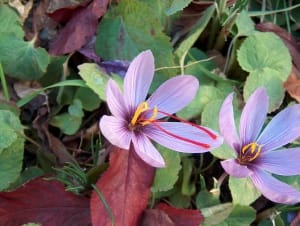
![Exporting Saffron to Turkey + Price Guide [Complete 0 to 100]](https://www.rowhanisaffron.com/wp-content/uploads/f1-372-500x383.jpg)
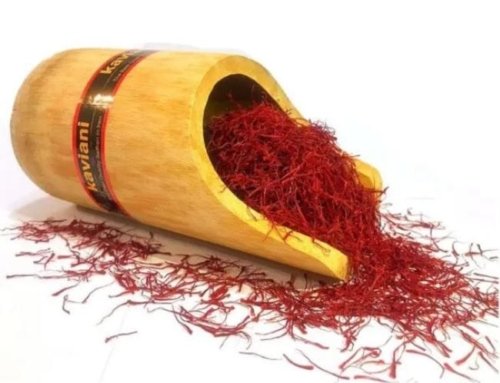
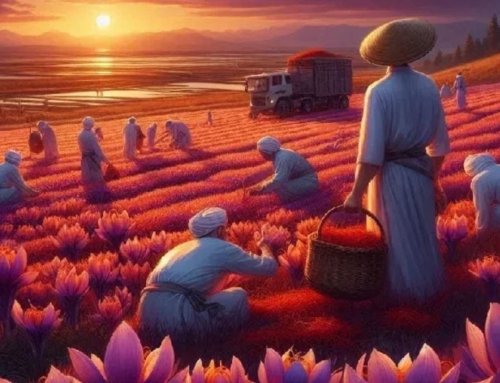
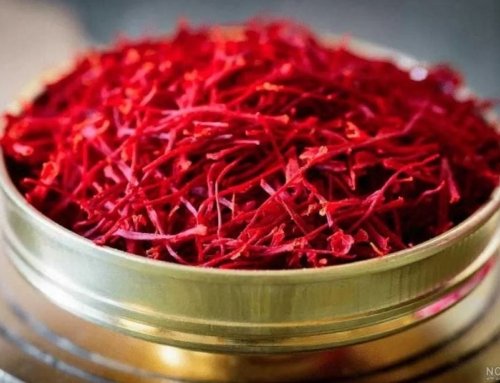
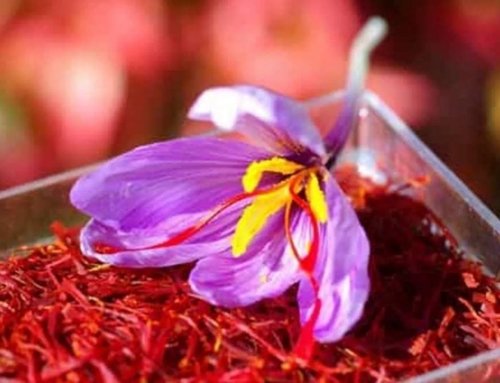
Get Social